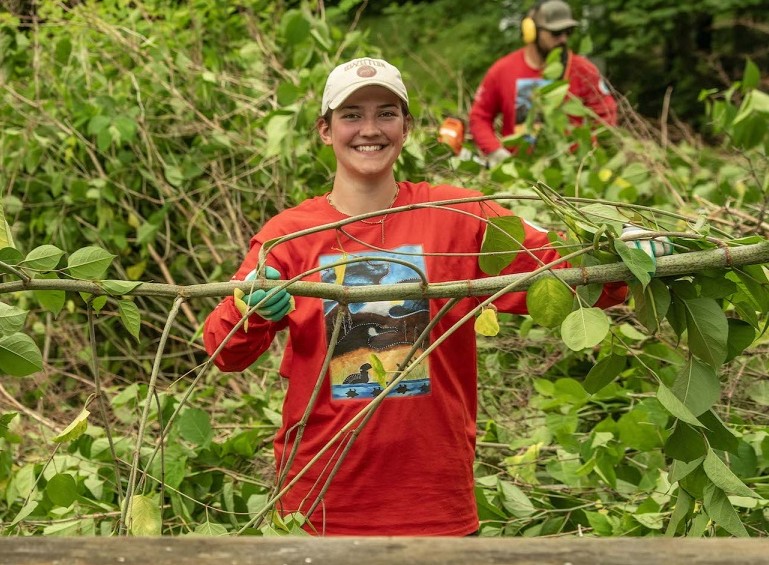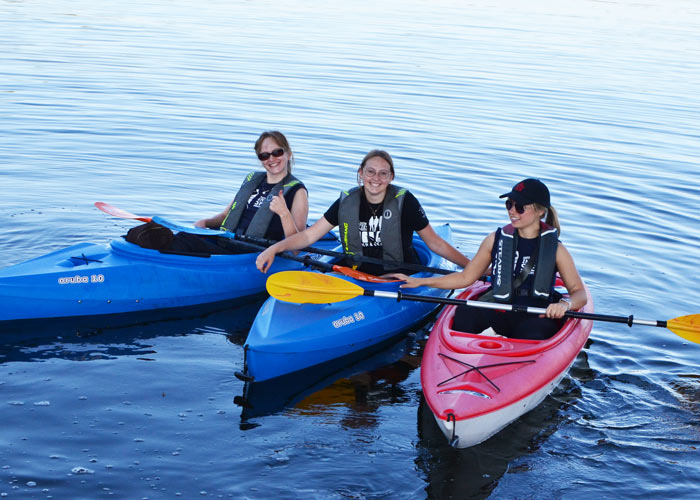

Thanks to an investment from the Ontario Ministry of Natural Resources, the Invasive Species Centre is supporting 97 new collaborative action projects by community groups, Indigenous organizations, and municipalities on critical invasive species issues. This includes projects with Anishinabek Nation, The Couchiching Conservancy of Orillia, and Plenty Canada.
The Anishinabek Nation Working Group on Invasive Species is a collaborative, Indigenous-led group and this funding will help the Working Group build capacity to enable Anishinabek communities to develop and implement invasive species management at the local level. The Anishinabek Nation represents 39 First Nations throughout the province of Ontario from Golden Lake in the east, Sarnia in the south, and Thunder Bay and Lake Nipigon in the north.
The Conservancy will increase the control and monitoring of invasive species that impact local biodiversity, including giant hogweed, dog strangling vine, garlic mustard, and Japanese knotweed. Community involvement and volunteer participation will be a key part of this Invasive Species Monitoring Program mobilized across the 47 nature reserves owned by the Couchiching Conservancy.
Plenty Canada manages invasive aquatic plants through the restoration of Wild Rice, a native aquatic species sacred to Indigenous peoples in the traditional territories of Mohawk and Algonquin Nations. Flowering rush, Eurasian watermilfoil, and other invasive species have been found in the waterways of these traditional territories, posing a threat to native plants and biodiversity. This funding will help Plenty Canada manage these invasive plants.
Invasive species are plants, animals, insects, and pathogens that are introduced to an ecosystem outside of their native range and cause harm to the environment, economy, or society. These species damage lakes, lands, forests, and communities, and are the second greatest threat to biodiversity worldwide. Ontario has the highest number of invasive species in Canada, which are responsible for an estimated $3.6 billion dollars of impact each year to forestry, fisheries, agriculture, infrastructure, tourism, and recreation in the province.
“The Invasive Species Centre is pleased to support on-the-ground action by communities to reduce the spread of invasive species which impact parks, forests, and lakes in Ontario,” says Sarah Rang, Invasive Species Centre Executive Director. “The goal of these community-led efforts is long-term positive changes on the landscape that reduce the impacts of invasive species on natural spaces and Ontario’s economy.”
Since 2021, the Invasive Species Centre has funded 257 projects across the province that help protect natural spaces from the impacts of invasive species.
Published July 4, 2024
